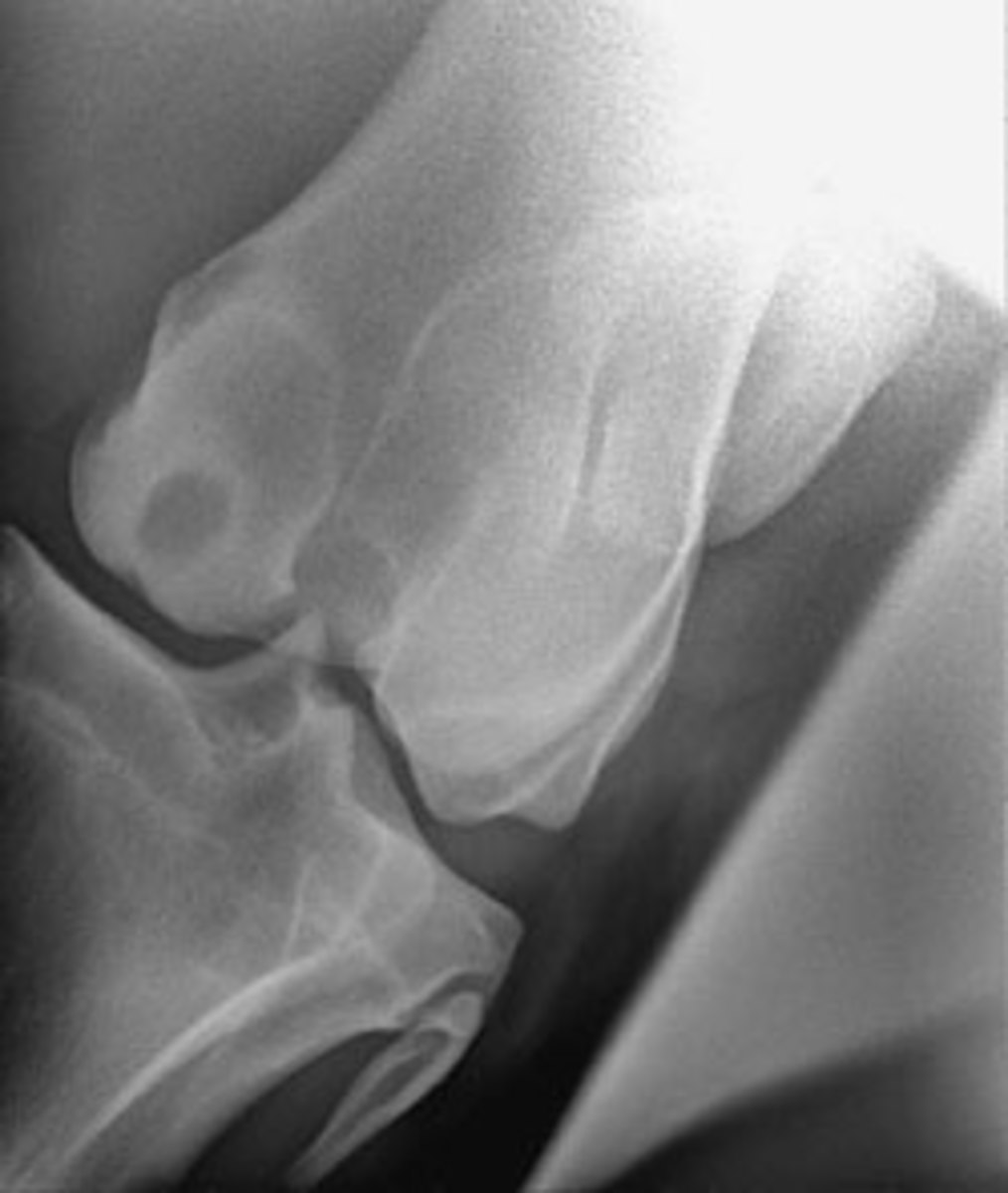
With the price of finished roping horses going higher all the time, a lot of people are looking for “prospects” that will evolve into usable horses in a relatively short period of time. I would like to share some thoughts that came up recently in discussions I’ve had with trainers and fellow veterinarians.
A population of horses that have a lot to offer as prospective roping horses are from the cutting and reining programs. These horses seem to possess very trainable minds (i.e., they’re “smart”) and have the basic physical attributes necessary for a roping horse. With the large purses offered in their original intended use, the 3- and 4-year-old futurities, these horses have had a lot invested in their training since their 2-year-old year.
[READ: The Secret Behind Cutting-Bred Heel Horses]
With human athletes, there are a lot of very good college players who never make it in the pros. In this equine world, there are a lot of 3- and 4-year-olds that are nice horses but don’t have a future in the “pros” as cutters or reiners. These horses become available to buy for a fraction of the money invested in their breeding and training. They seem “mature” for their age, and adapt fairly easily to a slightly different discipline than their original.
These horses have been conditioned to accept pressure and respond to “cues” given in asking for the desired response necessary for roping. Naturally, they have had a lot of work on cattle, so they “watch” a cow well. I would pass on a comment here. Don Dodge, a legendary cow horse trainer, once told me that he thought there was no such thing as “cow sense” passed on in horses. He said it was just basic intelligence, and that these kinds of horses would work a chicken well if that’s what they were asked to do.
[READ: Down to Earth: Tripp Townsend]
The veterinary component of this discussion has to do with a condition seen in this population of horses at a higher than normal rate. This condition is a bone cyst in the stifle joint, and is common enough that many trainers or veterinarians will do a radiograph for this specific lesion before proceeding with a more complete soundness evaluation. I don’t think this threat should intimidate people from considering these horses. It’s either there or it’s not, and if not, they have just as bright a future for soundness as any other horse. Personally, I feel these horses are often a real bargain considering their potential.
[SHOP: Protective Gear for your Horse]
Cactus Relentless All-Around Sport Boot
Classic Equine No Turn XT Bell Boot
Professionals Choice Equine Sports Medicine Ventech Elite Leg Boot
(As an Amazon Associate, we earn from qualifying purchases made through affiliate links.)
Ready to look for the right horse for you? Go to Equine.com, the premier classifieds site of the Equine Network, to search for the perfect horse!










